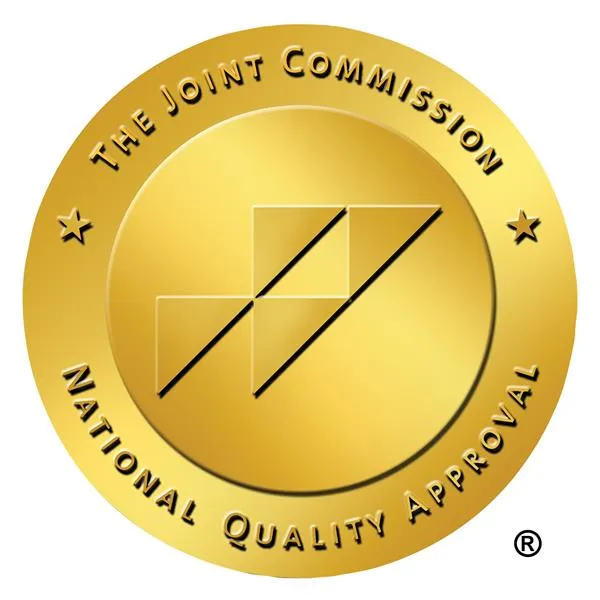Having surgery is, understandably, a stressful and anxiety-inducing event in anyone’s life. Surgery anxiety, which has symptoms that include excessive worrying, shortness of breath, and sleeping issues, affects many individuals around the world.
In a 2023 study that involved over 200 surgical patients, a staggering 69.5% experienced preoperative anxiety. During this phase, which happens before a patient undergoes surgery, studies have shown that patients are already afraid of experiencing pain after they come out of surgery. In a 2021 study, almost all the surgical patients involved in the study shared a fear of moderate to severe postoperative pain.
Nurses are responsible for properly and empathetically caring for all patients, including surgical patients undergoing uncomfortable and painful procedures. This article discusses helpful postoperative care tips for nurses to help patients recover from surgical procedures as easily and comfortably as possible.
What is postoperative care?
Simply put, postoperative care refers to the care a patient receives after surgery, which takes into account the kind of surgery the patient received and health history. Postoperative care starts immediately after surgery and until after a patient is discharged.
The goal of postoperative care is to ensure that patients are healing properly and without complications via the following:
· Maintaining adequate bodily functions
· Restoring the body’s homeostasis
· Alleviating pain and discomfort
· Preventing postoperative complications
· Properly planning a patient’s discharge and providing proper patient education
Postoperative care tips for nurses
Constantly check vital signs. Immediately after surgery, nurses should closely monitor a patient’s vital signs. These include the heart rate, respiratory rate, blood pressure, temperature, and blood oxygen saturation.
Changes in a patient’s vital signs can signal potential complications, for example, a change in the respiratory rate is “the most powerful predictor of clinical deterioration.” According to numerous studies, postsurgical adverse events — up to and including unexpected deaths — are typically preceded by abnormal vitals.
Don’t forget to properly record vital signs on patients’ charts as you take them.
Check a patient’s comfort level. While it’s normal for patients to expect pain to follow surgical procedures, healthcare professionals can help safely reduce the level of pain patients feel while recovering. Always ask your patients if they’re in pain. Post-surgery pain can originate at the surgical site but a patient can also feel discomfort from muscle pain, throat pain, or movement pain.
It’s important to constantly check your patient’s pain and comfort levels. There are some behavioral and physiologic manifestations to be on the lookout for, including crying, poor feeding and fluid intake, sleeplessness, and lethargy or weakness. Always make sure to keep the patient in a comfortable position.
After conducting patient assessments, document your observations and promptly inform the physician so that the proper pain management treatments can be administered.
Encourage movement. When surgical patients are cleared to move around, encourage them to do so as soon as possible. A lack of mobility after surgery can lead to complications, including developing blood clots, pulmonary embolisms, and pressure ulcers. However, tell patients not to go overboard when it comes to moving around.
Make sure that the patient isn’t feeling dizzy or nauseous before ambulating them or moving them to a different position. When a patient attempts to move for the first time after surgery, ensure that you’re ready to provide physical support and motivation.

